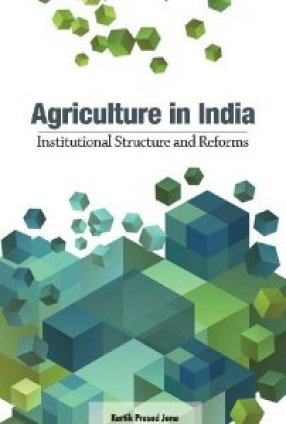Use of modern methods of production is conditioned by the institutional framework of a production sector. If the institutional set up is exploitative it will discourage the adoption of efficient technology. Unfortunately the institutional settings of the farm sector in India are not congenial for the use of modern agricultural techniques.
Although zamindari system was abolished soon after Independence in 1947, it continues to exist in a different garb. Land reform laws have proved ineffective and therefore big landlords still rule the roost in rural areas.
As a result of population growth there is tremendous pressure on available cultivable land. This has led to overcrowding and hence sub-division and fragmentation of holdings. Small-sized and scattered holdings imply wastage of time and labour, difficulties in the use of modern techniques and quarrels and litigation among farmers.
The institution of money lending is the greatest curse for the poor and illiterate rural folk of India. Although the importance of moneylenders has declined over the years, they are still very dominant in providing credit to the farmers. The exploitative practices of the moneylenders are no secret.
Furthermore, the present marketing system of agricultural produce is not favorable to the interests of the farmers. The preponderance of intermediaries and the malpractices of commission agents deny remunerative prices to the farmers.
This book explains and examines the institutional framework of Indian agriculture and reforms thereof pertaining to land management land reforms agricultural credit, marketing of agricultural produce, public procurement of agricultural produce and related areas.
Contents: Foreword. Preface. 1. India’s land resources: problems and management. 2. Institutional framework for agriculture. 3. Agrarian structure, farm productivity and social justice. 4. Land reforms: constituents and critical appraisal. 5. Consolidation of land holdings: review of literature. 6. Consolidation of land holdings: the Indian experience. 7. Institutional arrangement for agricultural credit. 8. Agricultural marketing: system and reforms. 9. Agricultural price policy and public distribution system (PDS). Appendices. Bibliography. Index.





There are no reviews yet.